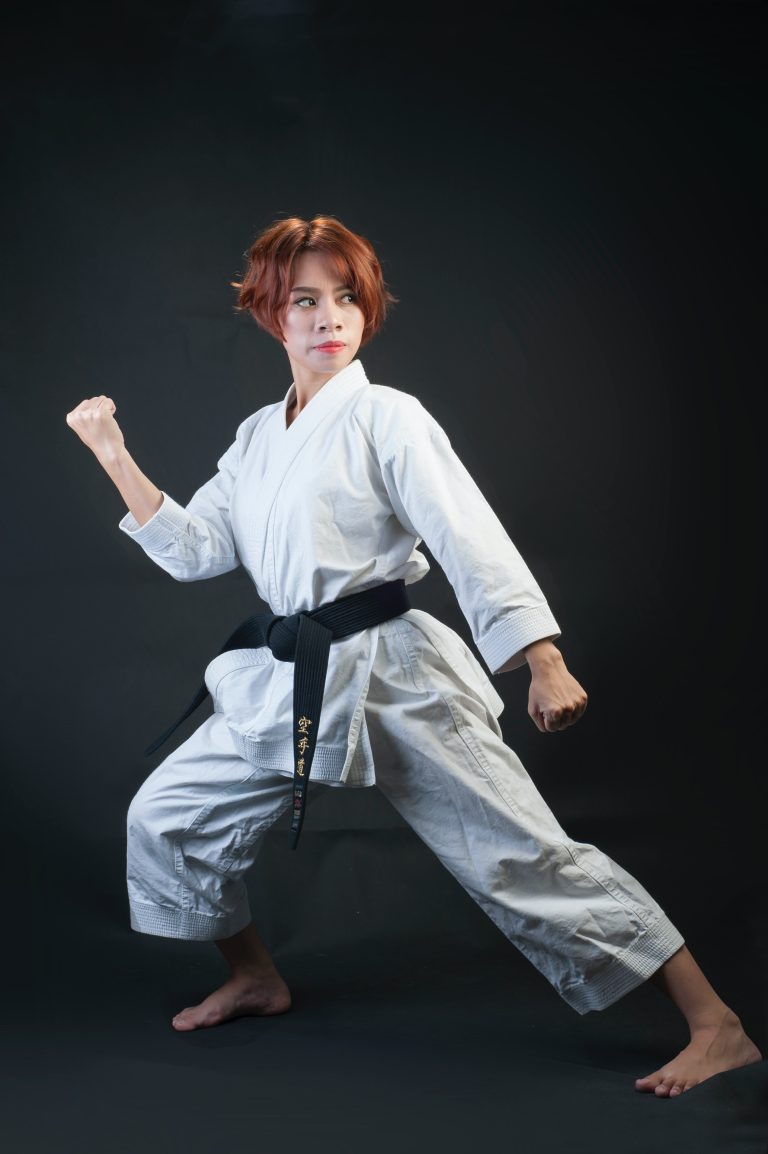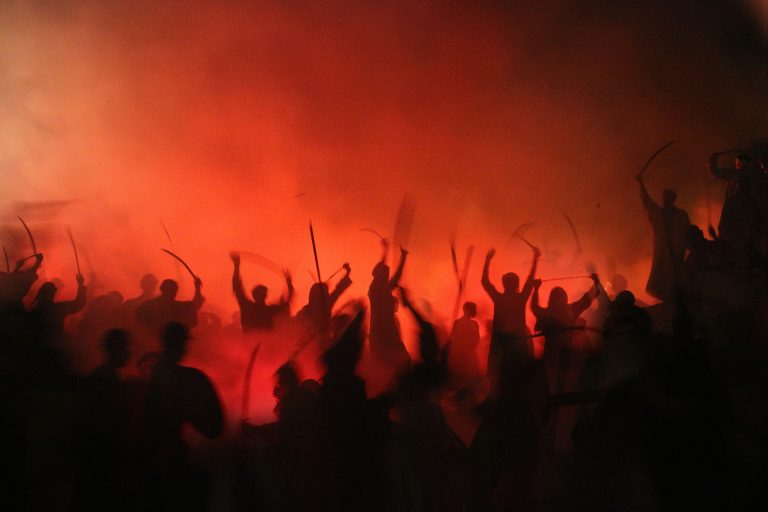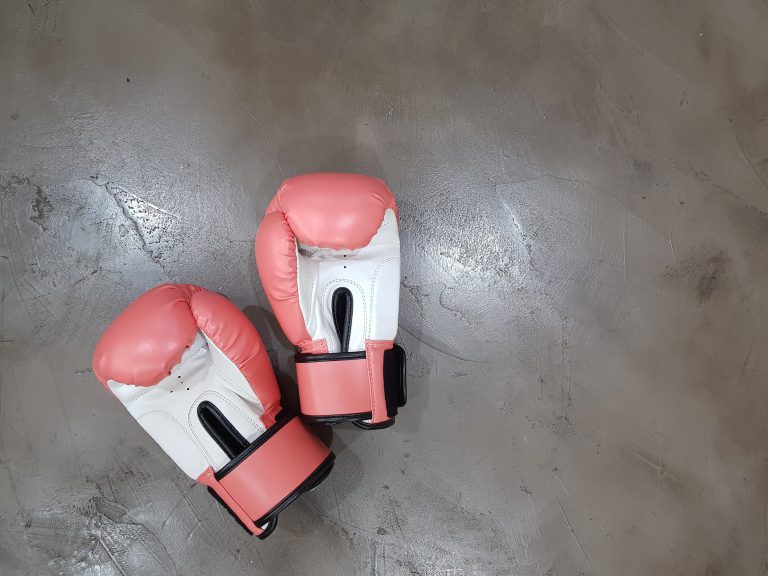How Karate Belts Work: A Comprehensive Guide
If you have ever watched a martial arts movie or television show, you have probably seen martial arts practitioners wearing different colored belts that signify their level of expertise. These belts, particularly in karate, have a long history and represent more than just a mark of achievement. In this article, we will explore how karate belts work, their significance, and what it takes to earn them.
The History of Colored Karate Belts
The history of the colored karate belt system dates back to the 19th century, when Judo founder Jigoro Kano created a ranking system using different colored belts. Karate founder Gichin Funakoshi adopted this system and began using it in his karate school. Today, the colored belt system is widely used in many martial arts schools around the world, including karate.
The Significance of Karate Belts
Karate belts have significance that extends beyond just a symbolic marker of achievement. They serve as a way to gauge a practitioner’s mastery of the art and also provide motivation to continue training. Each belt color represents a specific level of proficiency and the expectation of the skills and knowledge that a practitioner at that level should possess.
The Different Colors of Karate Belts and What They Represent
Karate belts are generally divided into two main categories: kyu and dan. Kyu ranks are for practitioners who are still learning the basics of the art, while dan ranks represent advanced levels of mastery. The following is a list of colored karate belts and what they represent:
Kyu Ranks
- White Belt: The white belt is the first belt a student receives when they begin training. It represents a blank canvas and the beginning of their karate journey.
- Yellow Belt: The yellow belt signifies the first step towards progress and represents the sun, which is rising and starting to shine light on the path of the student.
- Orange Belt: The orange belt represents the sun rising higher in the sky as the student progresses and starts to gain momentum in their training.
- Green Belt: The green belt represents the growth of the student as they continue to learn and strengthen their skills.
- Blue Belt: The blue belt signifies the sky, which is vast and limitless, signifying that the student’s journey is never-ending, and they are always learning.
- Purple Belt: The purple belt represents a deeper understanding of the art and the student’s increasing knowledge and skill level.
- Brown Belt: The brown belt represents maturity and signifies that the student is getting closer to mastery.
Dan Ranks
- Black Belt: The black belt represents mastery of the art and signifies that the student has reached a level of proficiency that few achieve.
- Higher Dan Ranks: Beyond the black belt are higher dan ranks, which represent advanced levels of mastery and expertise in the art.
What It Takes to Earn Karate Belts
Earning a karate belt is not an easy feat and requires dedication, hard work, and perseverance. Students must pass belt tests, which typically involve demonstrating their knowledge of the art, performing various techniques, and showing mastery of specific skills.
Most martial arts schools have testing requirements for each belt rank. These requirements often include a minimum number of classes attended, minimum time spent at that rank, and essays or forms that must be completed. Before a student can test for a higher belt, they must pass a lower belt test and receive approval from their instructor.
In
How Karate Belts Work: Answering the Most Frequently Asked Questions
Karate is a martial art that has a rich history and tradition. The practice of karate requires dedication, discipline, and patience. One of the most iconic aspects of karate is the belt system, which represents a student’s level of proficiency and progress within the art. In this blog post, we answer some of the most frequently asked questions about how karate belts work.
What is the purpose of karate belts?
Karate belts are used to signify a student’s level of proficiency and progress within the art. The belt system provides a clear path of advancement for students, allowing them to set goals and track their progress over time. The higher the belt, the more advanced the student’s knowledge and skill in karate.
What are the different belt colors in karate?
The color of a karate belt typically signifies a student’s level of proficiency within the art. The most common belt colors, in order of increasing proficiency, are white, yellow, orange, green, blue, brown, and black. There may be variations to this sequence depending on the karate style or school.
How do you earn a karate belt?
To earn a karate belt, a student must train and demonstrate their proficiency in the techniques, skills, and knowledge required for that level. Each karate school or style has its own set of requirements for each belt level. Generally, a student must attend classes, practice regularly, and pass an exam to earn a new belt.
What is involved in a karate belt exam?
A karate belt exam typically involves a demonstration of the techniques, skills, and knowledge required for the student’s current level. The exam may include basic techniques, kata (forms), sparring (kumite), and theory. The specific requirements for the exam will depend on the student’s level and the karate school or style.
How long does it take to earn a black belt in karate?
The amount of time it takes to earn a black belt in karate varies depending on the student’s dedication, skill level, and the requirements of the karate school or style. Generally, it takes several years of consistent training and practice to reach the level of black belt.
Is it possible to earn a black belt in a short amount of time?
It is not common to earn a black belt in a short amount of time in traditional karate schools. Many schools require a minimum of three to five years of consistent training and practice before a student can even test for their black belt. Some schools that offer intensive training programs may award black belts in as little as one year, but these programs are often criticized for their lack of rigor and adherence to traditional standards.
What is the highest belt rank in karate?
The highest belt rank in karate is the 10th degree black belt. This rank is typically reserved for the most experienced and skilled practitioners of the art. It can take many years of training and practice to reach this level.
Can you continue to advance in rank after earning a black belt?
Yes, some karate schools or styles offer rank advancements beyond the black belt, such as degrees or levels of mastery. However, these advancements are typically reserved for the most experienced and skilled practitioners and require many years of additional training and practice.
Can you switch karate schools or styles and keep your belt rank?
In most cases, a student who switches karate schools or styles must start over at the beginner level and work their way up through the new school or style’s belt system. However, some schools or styles may allow a student to keep their current rank if they can demonstrate their proficiency in the new school or style’s requirements.
Introduction
Karate is a form of martial arts that is widely popular around the world. One of the most notable aspects of karate is the system of colored belts that signify a practitioner’s skill level. However, understanding how karate belts work can be confusing for beginners. In this post, we’ll dive into the world of karate belts and explain how they function.
What Are Karate Belts?
Karate belts are colored pieces of cloth that are worn around the waist of a karate practitioner’s uniform, or gi. They are used to indicate the level of skill that a practitioner has attained. These belts are typically made of cotton, although some schools may use different materials.
How Do Karate Belts Work?
Karate belts work on a ranking system that is based on the level of proficiency that a practitioner has attained. The ranking system is divided into two categories: kyu and dan. Kyu ranks are used for beginners, while dan ranks are for advanced practitioners.
There are six kyu ranks, which are ordered from lowest to highest as follows:
– White belt
– White with yellow stripe belt
– Yellow belt
– Orange belt
– Green belt
– Blue belt
To progress from one kyu rank to the next, a practitioner must demonstrate proficiency in a set of techniques, forms, and sparring exercises. An instructor will assess a student’s performance and, if they determine that they have met the requirements for the next belt, they will be awarded it.
Once a practitioner has reached the rank of brown belt, they will be eligible to test for a dan rank. Dan ranks start at 1st dan and progress upwards. Unlike kyu ranks, which are based on skill level, dan ranks are based on time spent practicing karate.
The minimum amount of time required to reach each dan rank varies depending on the school and organization. Typically, a practitioner must train for several years before they are eligible to test for a dan rank. Once a practitioner has been awarded a dan rank, they will be allowed to wear a black belt.
What Is the Significance of the Colors?
Each belt color has a symbolic significance. For example, the white belt represents a practitioner’s innocence and lack of knowledge about karate. As a practitioner progresses through the kyu ranks, they gain a deeper understanding of the techniques and philosophy of karate.
The yellow belt represents the sun rising and a new day beginning, signifying a practitioner’s growth and progress in the art. The orange belt represents the sun at midday, indicating a practitioner’s peak performance.
The green belt represents growth and renewal, while the blue belt represents the sky, which is limitless and eternal. The brown belt represents maturity, wisdom, and experience.
The black belt, which is the ultimate goal for many practitioners, represents mastery of the art of karate. It is a symbol of the dedication, hard work, and discipline that is required to reach this level of proficiency.
Conclusion
Karate belts serve as a visible representation of a practitioner’s skill level and dedication to the art. Understanding the significance of each rank can provide insight into the journey that a practitioner takes as they progress through the levels of karate. By striving to improve their skills and knowledge, practitioners can attain the highest level of proficiency and earn the coveted black belt.
Inhaltsverzeichnis






